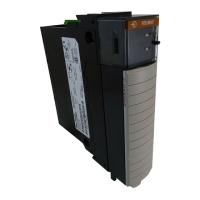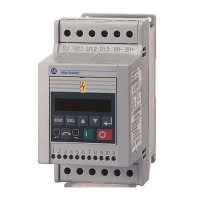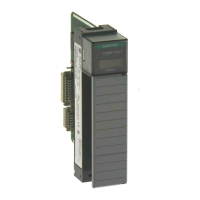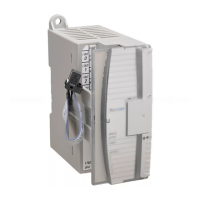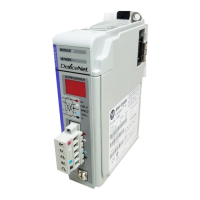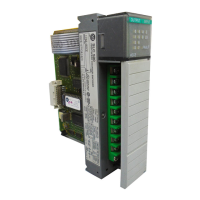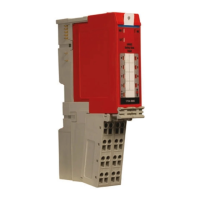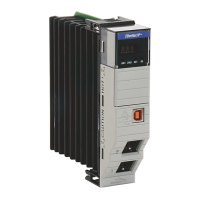36 Rockwell Automation Publication 193-UM014C-EN-P - August 2016
Chapter 3 Configure the DeviceNet Network
3. Type the size of the Scan List I/O Entry in the field.
The entry size determines the number of input and output bytes that the
EtherNet/IP communication auxiliary module scans from each of the
scanned devices. The maximum Scan List I/O Entry Size supported is
50 bytes; the default value is 8 bytes.
4. If necessary, adjust DNet IO Request Packet Interval (RPI) and DNet
IO Inhibit.
DNet IO RPI determines the time it takes for data to be requested;
DNet IO Inhibit is the time used on DeviceNet Change of State (COS)
I/O. Both of these parameters are measured in milliseconds.
5. Select the “Scan List” tab from the configuration menu to change the
DeviceNet node address of the EtherNet/IP communication auxiliary
module.
NOTE:
Auto Device Replacement (ADR) is discussed in Chapter 6
, Automatic Device Recovery or
Replace.
NOTE:
Electronic keying is implemented on all scan list entries. Electronic keys are captured
when a scan list is configured from the EtherNet/IP communication auxiliary module
web page. The proper setting of the electronic keying becomes more important with
ADR functions and replacing units in the network.
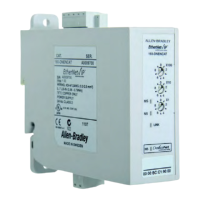
